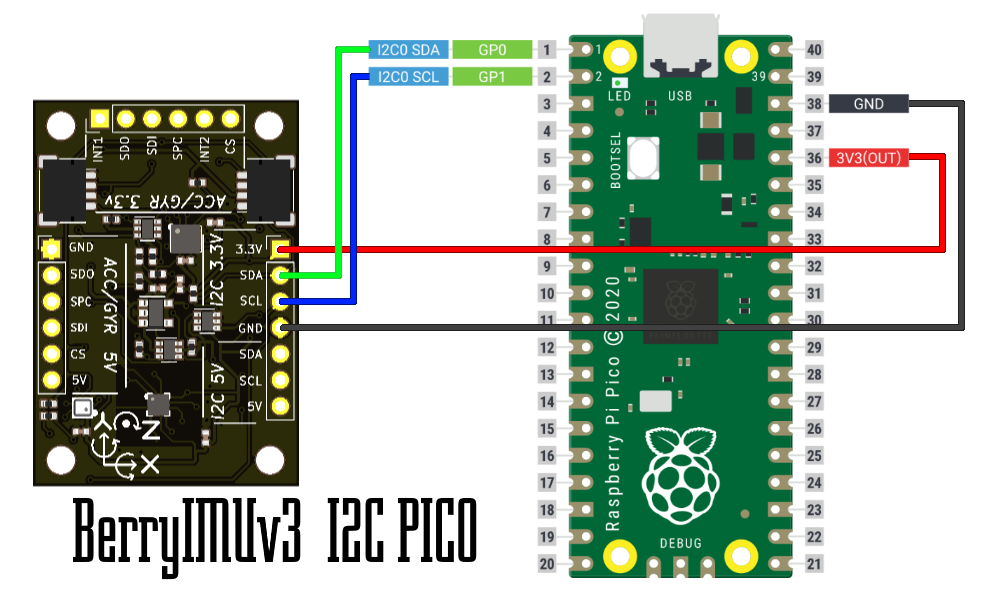

The only operations available for them are For the most part, you should treat values returnedīy these functions as opaque. TICKS_MAX], inclusive, total TICKS_PERIOD values. Thus, these functions will return a value in range [ 0. On the RI5 it is 0x40000000.įor all of ticks_ms(), ticks_us(), ticks_cpu() functions (for Two, but otherwise may differ from port to port. TICKS_PERIOD is guaranteed to be a power of Refer to it as TICKS_MAX to simplify discussion.

The wrap-around value is not explicitly exposed, but we will Returns an increasing millisecond counter with an arbitrary reference point, that sleep_us ( us ) ¶ĭelay for given number of microseconds, should be positive or 0. sleep_ms ( ms ) ¶ĭelay for given number of milliseconds, should be positive or 0. Number to sleep for a fractional number of seconds. I haven’t experimented in detail with the behaviour of the RTC or thisįunction after such events. Note that the RTC time can be successfully set to certain invalid values. Year includes the century (for example 2014). If secs is not provided or None, then the current time from the RTC is used. localtime ( ) ¶Ĭonvert a time expressed in seconds since the Epoch (see above) into an 8-tuple whichĬontains: (year, month, mday, hour, minute, second, weekday, yearday)

Particular system, and the functions below should probably not be relied uponįor exact timekeeping without access to an external time source.įunctions ¶ utime. The machine.RTC().calibration() function can be used toīetter approximate real time, but note that this may require tuning for a The RI5 doesn’t keep very exact time since its RTC is just based on CPUĬlock-cycles. (Use of the sleep/ticks functions don’tĬount, but machine.RTC() functions datetime(), wakeup() and That after a reset, the RTC only seems to start counting when it is first When not powered in this way it resets to On the RI5, the RTC seems to keep running while the Hub is either switched on May be set using machine.RTC().datetime(tuple) function. System time depends on machine.RTC() object. Time is responsibility of OS/RTOS and is done outside of MicroPython, On systems with underlying OS (including some Maintaining actual calendar date/time: This requires a 00:00:00 UTC, embedded ports including the RI5 use epoch of Time Epoch: In contrast to Unix (and the Unix port of Micropython) using Measuring time intervals, and for delays. The utime module provides functions for getting the current time and date, For more information, refer to the original This module implements a subset of the corresponding CPython module,Īs described below.
Utime micropython full#
To fix this, so that the potentiometer only reaches full brightness when turned to the very end, the value is converted with the duty_u16 function. However, without conversion, turning the potentiometer slightly may already cause the LED to reach its maximum brightness level. This happens because the analogue value from the potentiometer is used as a value for the PWM signal’s duty cycle, it is a value between 5. Imagine turning the potentiometer, the LED will grow brighter when turned one way. Then, using the freq command, this sets the frequency to modulate the pulse width. An object, onboard_led is created with an activated PWM output on GPIO pin 21. By modulating the width of a pulse, this artificially creates an analogue signal as seen in the following example: import machineįirst, the machine and utime libraries were imported. However, another way is to artificially create an analogue signal, by using pulse-width modulation or PWM for short.īy turning a digital signal on and off, this is known as a pulse. To create an analogue signal, you’d need a digital to analogue converter. A microcontroller’s digital output can only be 1 or 0.


 0 kommentar(er)
0 kommentar(er)
